Welcome to Cleona Dental’s Restorative Dentistry services! We understand that a healthy and functional smile is essential for your overall well-being. Drs. Jennifer Davis, Katelyn Wray and our dedicated team are here to restore your smile’s strength, function, and beauty.
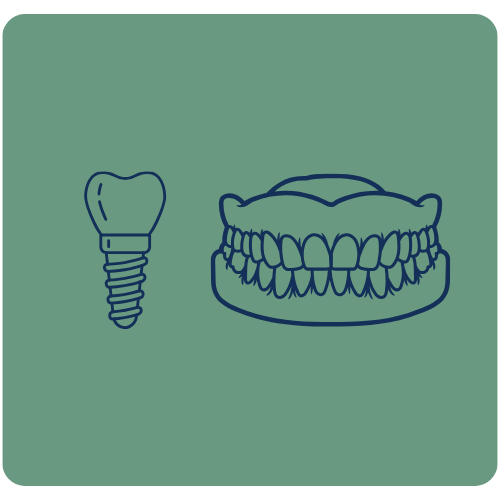
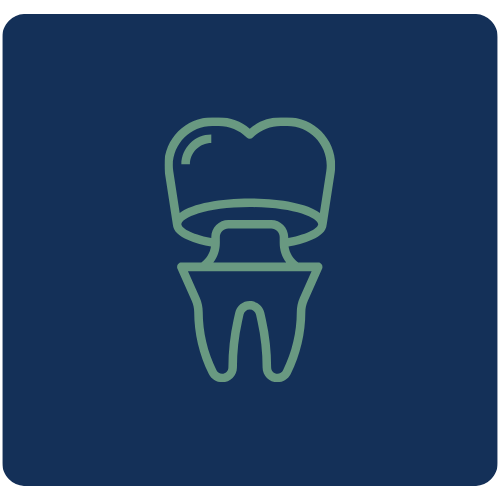
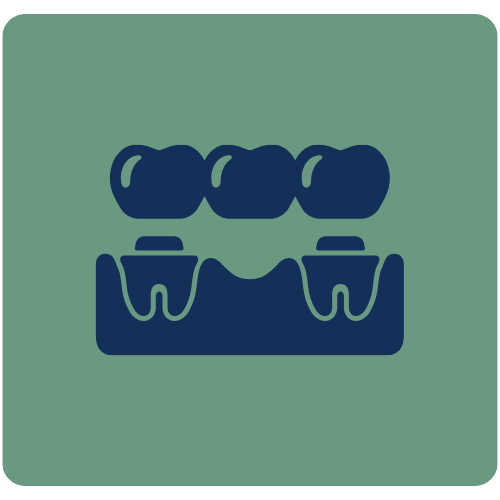
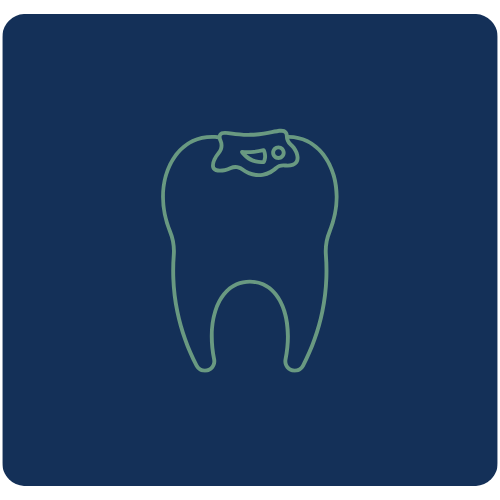
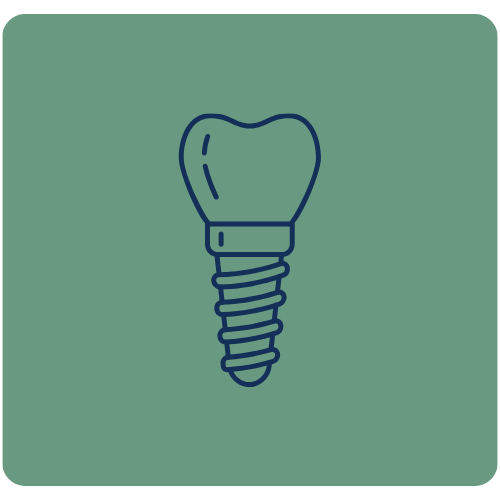
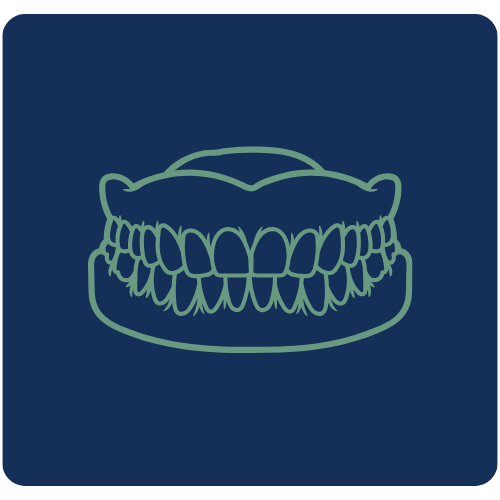

Don’t wait to reclaim your confident smile. Contact Cleona Dental today to schedule a consultation with Dr. Jennifer Davis. Let’s discuss your goals and create a personalized plan to bring your smile back to life.
At Cleona Dental, we believe that a healthy smile is a happy smile. Let us help you rediscover yours.
Contact Us | See Our Smile Transformations
Remember, the information provided here is friendly and informative, but it’s not a substitute for professional dental advice. Reach out to us for personalized recommendations.
Cleona Dental’s mission is to provide an atmosphere of respect and acceptance for our patients so that we are able to facilitate individualized care to meet each person’s lifestyle and esthetic goals. We insist upon encouraging the highest standards of ethical conduct and responsible patient care.